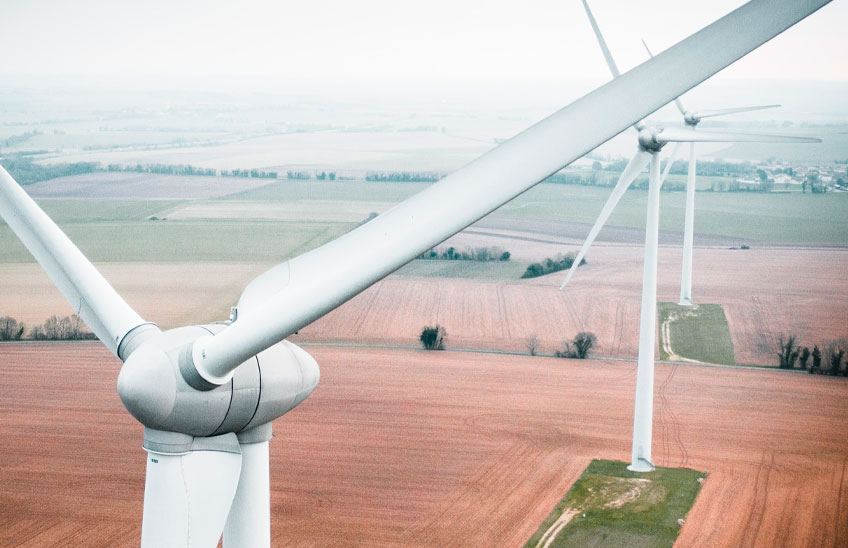News & Events
Ceit has successfully tested a new wireless communication system for offshore wind platforms in Gran Canaria

30 | 06 | 2021
This trial, directed by the centre, has been developed within the framework of the WATEREYE project, a European project that seeks to reduce operation and maintenance costs on offshore wind platforms.
On 2nd June 2021, the Ceit technology centre, a member of the Basque Research and Technology Alliance (BRTA) successfully tested a new wireless communication system for offshore wind platforms in Gran Canaria (Spain). This milestone falls under the European WATEREYE project, coordinated by the centre, which aims to develop an integrated solution that enables operation and maintenance costs to be reduced and the generation of offshore wind power to be enhanced.
As explained by the project coordinator, Ainhoa Cortés, Deputy Director of the Electronic Systems and Communications Group at the technology centre, “this trial has been an opportunity to test the range and robustness of the wireless communication solution that is being developed at the centre, in a scenario that is very similar to that in real life”.
In this study, different tests have been performed at Esteyco’s prototype tower, ELICAN, installed on the PLOCAN test bench - the Ocean Platform in the Canary Islands. The trials aimed to test the range and continuity of the messages of the wireless communication solution based on UWB (Ultra-Wideband) developed by CEIT in a realistic scenario, such as the offshore wind turbine located on the east coast of Gran Canaria. To do so, Cortés explained that “different types of antennas were tested by pre-calibrating the system for each of them. In addition, two UWB channels were assessed: one was used for communications and the other to estimate the distance and hence constantly know the position of the mobile node that was increasing its height”. In this way, the operator emulated being the mobile node (the drone) and climbed the ladder inside the wind turbine tower.
On the other hand, three fixed nodes were located on the access platform: one for the estimation of distances, another for UWB communication that was also connected to a 3G module to send all the data to a server deployed by CEIT in real-time. According to Cortés, “this was used to visualise the status of the tests and collect the data of signal strength and distance estimation at all times”.
The third node was used to test in parallel another communications link as a redundant system based on subGHz technology that will serve to compare with the main communications link. This last link can also be used for the configuration of the node or to combine both technologies to achieve a more robust solution, or even use one link or the other, depending on the situation.
Increase the production of offshore wind power
Operation and maintenance (O&M) costs are the main cost driver in offshore energy, due to the difficult accessibility to the wind turbines, but also due to the environmental conditions. Operation and maintenance costs may account for up to 30% of the Levelised Cost of Energy (LCoE) and detection and monitoring systems may help to attain the expected fall of €70/MWh by 2030.
To increase the efficiency of the entire system and reduce maintenance costs, the WATEREYE project O&M tools integrating accurate structural health in offshore energy, which will be completed at the end of 2022, will enable the need for operation and maintenance tasks on offshore wind turbine platforms to be predicted, reducing costs and increasing the annual production of energy thanks to an innovative monitoring and control system for offshore wind farms.
Therefore, the project is committed to the development of a sensor and monitoring system composed of low-cost smart sensors, based on ultrasonic technology, which allow the thickness of the structures and their loss of material due to corrosion to be measured.
In addition to Ceit as coordinator, the following companies are participating in this initiative: Cobra, Semantic Web Company and Delft Dynamics; the research and development centres, Flanders Make, PLOCAN, SINTEF Industry and SINTEF Energy Research, as well as the university Technische Universiteit Delft. The WATEREYE project is financed by the European Commission’s Horizon 2020 programme.